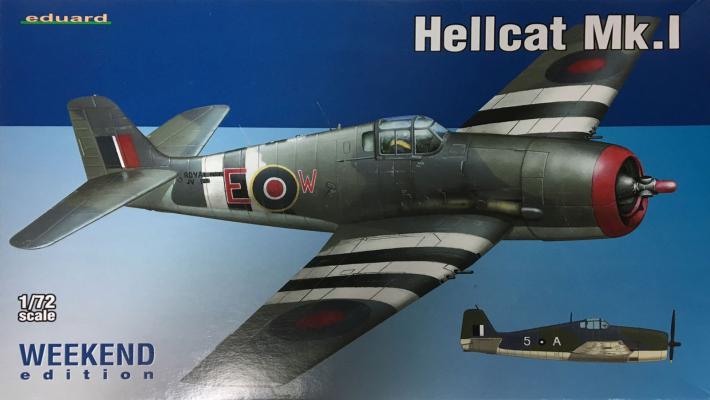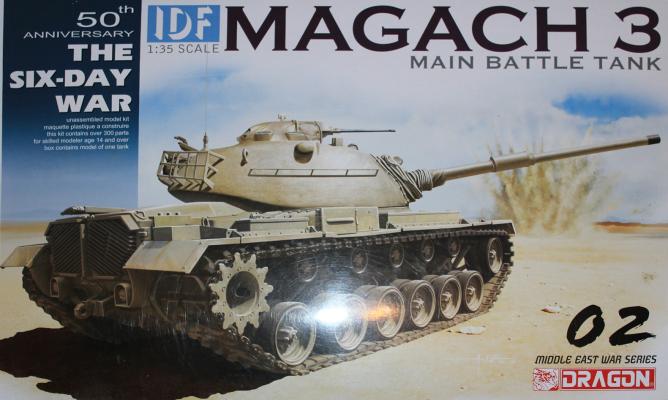This is a re-box kit and update with new parts of the Eduard release from 1998. It represents the famous Bell Aircraft Corporation’s X-1 X-plane that first took man past the sound barrier on October 14th 1947 piloted by Capt. Charles E “Chuck” Yeager.
In the box is:
- 2 x light grey sprues
- 1 clear canopy
- 1 decal sheet
- 1 mask sheet
- 1 photoetch detail set
- 3 x resin wheels
- 1 instruction booklet
All the sprues are extremely well molded with very little flash and great detail; the decals allow you to finish the aircraft in 4 different versions.
Construction
First is the construction of the cockpit which is well detailed, and the photoetch helps a lot to make this a very impressive cockpit when complete.










